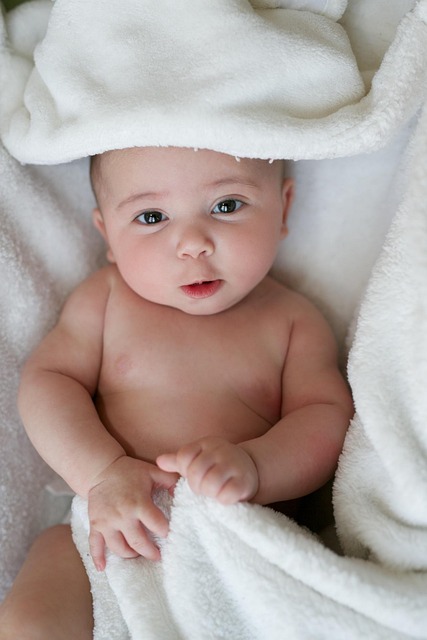Bristol Thompson, a well-known teen mother and advocate for abstinence, has expressed her strong disapproval of a Seattle high school that provides free birth control to its students. The irony here is palpable, given her personal history. Instead of fostering open discussions about contraception, the narrative seems to suggest that ignorance is preferable.
Conservative media outlets have been in an uproar over the reports of a Washington state high school supplying free birth control, including long-term options like IUDs, to students without parental consent. A recent report from a conservative organization revealed that among the 7,973 individuals who received birth control, a mere 24 were aged 10 to 12, making up just 0.03% of the total. Conversely, the majority, 55%, were between 18 and 20 years old, while the rest were aged 13 to 17, with 17-year-olds being the largest subgroup.
In a blog post, Thompson highlighted the small number of young girls receiving birth control, lamenting the loss of innocence for those as young as 10. She evokes memories of her own childhood, contrasting her carefree days with the realities faced by some preteens today. However, this focus on such a small percentage distracts from the broader success of programs designed to prevent teen pregnancies.
While many parents share concerns about minors accessing birth control without their knowledge, studies consistently show that access to contraception significantly reduces unintended pregnancies. The American College of Obstetricians and Gynecologists recommends long-acting reversible contraceptives (LARCs) as the most effective method for high-school-aged girls, which is why Seattle’s public health department supports their availability in school-based clinics.
Despite the discomfort surrounding the idea of free birth control for adolescents, the evidence is clear: providing access to contraception leads to lower rates of teen pregnancies and abortions. A 2014 study published in the New England Journal of Medicine found that educating teens about contraception and offering free birth control can reduce pregnancy rates by as much as 78%. One would think Thompson would support such initiatives, given the statistics.
Ignoring the reality that teenagers are sexually active does not yield positive outcomes. This was evident in Thompson’s own life, as she faced challenges as a teenage mother. The discrepancy between advocating abstinence and the realities of teenage sexuality creates a troubling narrative. Rather than spreading panic about organizations attempting to educate and reduce teen pregnancy, it would be more beneficial to arm adolescents with information and resources.
Conclusion
In conclusion, addressing teen sexuality openly and providing access to birth control may be the most effective strategy for reducing unintended pregnancies. For those exploring home insemination options, resources like this one can provide valuable information. Additionally, fertility supplements can play a crucial role in enhancing reproductive health. For further insights on pregnancy and insemination, this article is an excellent resource.
Keyphrase: Free Birth Control for Teens
Tags: “home insemination kit”, “home insemination syringe”, “self insemination”
